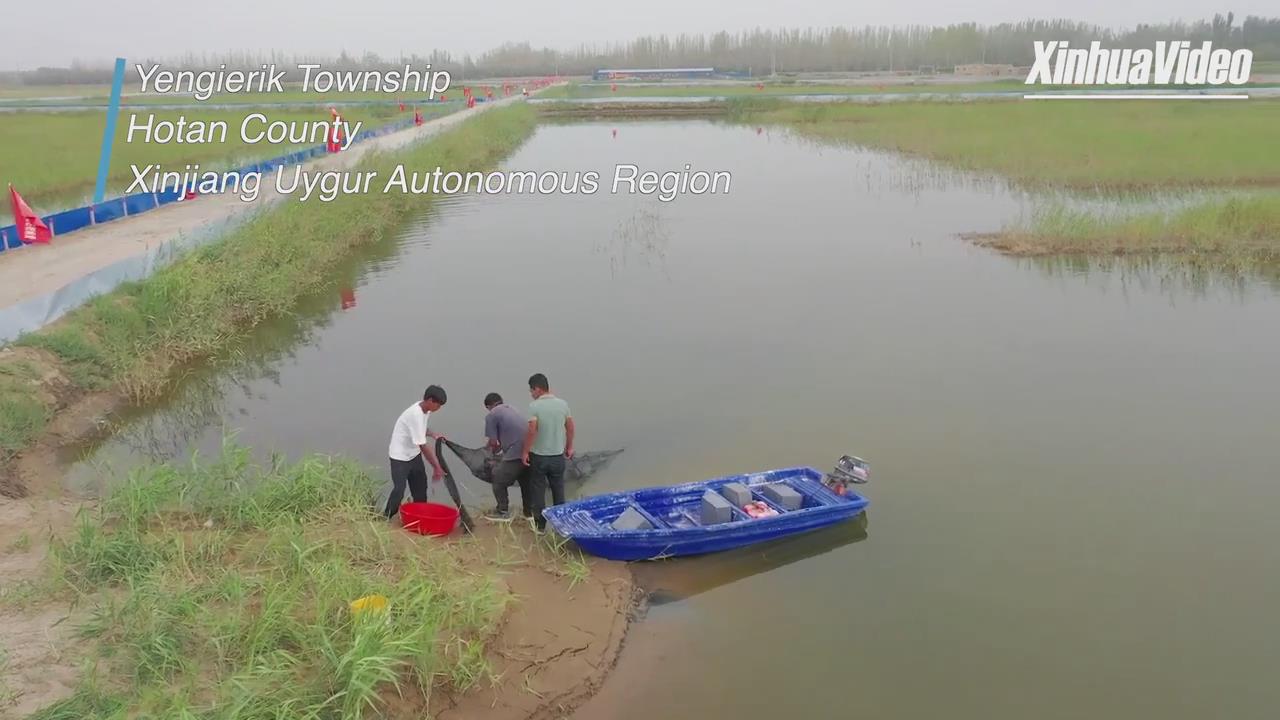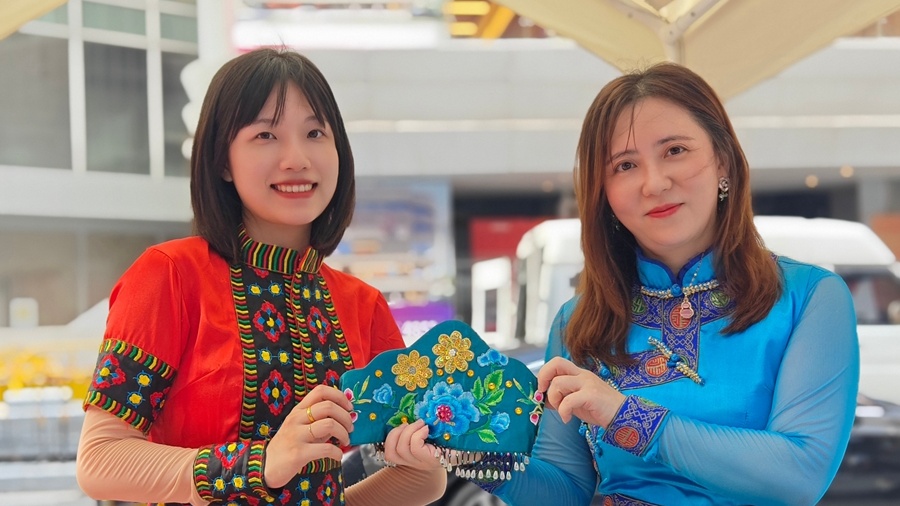
A technical expert uses a 3D laser scanning device at the Buddhist stupa of the Loulan Ruins to create a digital archive of the site. XINHUA
Among the greatest historical mysteries in the world, one draws the eyes of archaeologists and historians worldwide to the middle of nowhere in Northwest China -the legendary Loulan.
As one of the many oasis states in ancient China's western regions, roughly today's Xinjiang Uygur autonomous region, Loulan witnessed hundreds of years of splendor around the time of the Han Dynasty (206 BC-AD 220) before fading out of history, its cities vanishing into endless sand.
Not until the start of the 20th century did Loulan, also known as Kroraina, reappear to the world in an accidental discovery in the Taklimakan Desert by Swedish explorer Sven Hedin, which has since set off a global craze for Loulan studies.
Now with more findings coming out of the millennia-old ruins, the once mysterious Loulan offers a rare glimpse into the history of Xinjiang, the close relations between the western and central regions of ancient China, as well as the shared cultural identity of Chinese civilization.
A deserted desert
The Loulan Ruins comprise a number of archaeological sites scattered on the eastern fringe of the Taklimakan near the now-desiccated Lop Nur salt lake, among which the jewel in the crown is the ancient city of Loulan.
Dubbed the "Oriental Pompeii", the city of Loulan, presumably the capital of the Loulan Kingdom, was situated at the juncture of the southern and northern routes of the ancient Silk Road.
Today, the once flourishing city is a heap of ruins hidden in sand dunes to the northeast of Xinjiang's Ruoqiang county.
Seen from above, the large settlement was basically square, covering an area of about 108,000 square meters. In its northeast stands the tallest structure in the city — a dilapidated Buddhist stupa about 10.4 meters high.
Not far away is the well-known "three-room house", the remains of a structure deemed to be a government office, where a treasure trove of inscribed wooden slips and paper documents was found.
"Everything here is a cultural relic and has great value," says 19-year-old Adiljan Jilir, the youngest of the rangers tasked with protecting the Loulan Ruins.
Due in no small part to the lasting fame of Loulan, the ancient city and nearby tombs have become a hot spot for uninvited tourists and even a target of cultural relic theft, despite their far-flung location.
To keep the ruins safe, Adiljan and his teammates make regular patrols around the ruins every day. In addition to the intruders, they have bigger challenges to deal with- the dreadful weather and the no less dreadful loneliness.
Gusty winds and sandstorms commonly occur for most of the year, and in summer the surface temperature can reach 70 C.Apart from those harsh elements, only sand and silence keep them company.
"We are guardians of the Loulan Ruins. We have to put up with the loneliness, the sandstorms and the searing heat," says Ma Zhuang, a 42-year-old ranger.
He says he knew little about Loulan before taking the job, but has now developed a profound bond with the ancient ruins after reading a lot of history books.
"Life here is bitter, indeed, but now I enjoy it like sugar," Ma says.

A relief of the Beauty of Loulan, a 3,800-year-old mummy found in the ruins, adorns the exterior of the Loulan Museum in Ruoqiang county, Xinjiang Uygur autonomous region. XINHUA
Sands of time
Since its rediscovery over 120 years ago, Loulan has fascinated explorers, archaeologists and historians both inside and outside of China, with excavations and studies shedding more light on the history of Xinjiang.
The latest major outcome is The Report on Archaeological Investigation and Excavation of Loulan, a book published in 2022 by late Chinese archaeologist Hou Can, which provides detailed new information on its location, scale, layout and history.
Given its important location along the Silk Road, Loulan used to be a bustling hub of economic and cultural exchange between the East and the West. Exotic adornments made of seashells and corals were found here, thousands of miles from the nearest seashore.
The position and size of the stupa indicate its importance in the city, says Pan Pan, an assistant professor at the School of Sociology and Anthropology at Sun Yatsen University.
"It proves that Buddhism was quite popular back then after it had entered ancient China's western regions."
However, in the eyes of many historical researchers, the most striking feature of this remote local kingdom is its strong bond with the central regions of China.
"From the inscribed wooden slips and paper documents found near the three-room house, we can determine that the city of Loulan used to be the seat of the office of the top official dispatched by the central government to govern the western regions," says Feng Jing, curator of the Loulan Museum.
Exquisite brocades uncovered here showcase the close cultural and emotional attachment between the central and western regions of ancient China. Many of them are embroidered with good wishes in traditional Chinese characters or auspicious creatures like dragons and tigers.
"The embroidered brocades reflect the broad mind of ancient China during the Han Dynasty," says Li Wenying, director of the Xinjiang Institute of Cultural Relics and Archaeology.
"They also convey the beautiful wish for national prosperity. Loulan witnessed and participated in Silk Road exchanges. It is a symbol of Chinese culture shared by all ethnic groups of the Chinese nation."
Cultural conservation
To preserve this outstanding cultural symbol, a broad array of endeavors has been made by authorities and communities at both national and local levels.
The latest major protection and restoration project for the Loulan Ruins was carried out in 2020, during which an expert team worked for about 170 days to repair the stupa and three-room house in defiance of scorching heat and suffocating sandstorms.
In order to better present the hard-to-access site to the public, the Loulan Museum, the only Loulan-related museum in the world, was built in Ruoqiang and officially opened in 2011.
Greeting visitors at the entrance to the ancient Loulan-style structure is a relief of the Beauty of Loulan, a 3,800-year-old mummy that was found in 1980.
There are 5,717 cultural relics in the museum's collection, including mummies, woodenware, bronze items, pottery, embroidery and documents, of which six are classified as first-class cultural relics, says Feng.
In a corner inside the museum, a variety of products with distinctive Loulan features are on sale, such as bookmarks, flash drives, pillows, cushions, water cups and handbags.
"The brocade fragments uncovered in Loulan are the source of our inspiration," says Sun Hu, owner of the booth. "Tourists like our products very much."
To the north of the museum lies a Loulan-themed cultural park, where a host of embossed walls, inscribed columns, sculptures and pavilions display various aspects of the rich Loulan culture. It has become a must-go destination for visitors to the county.
In addition, Feng says that with government support, the museum regularly organizes training courses, outreach programs, cultural symposiums and other activities to further encourage exchanges and studies and enable more people to know about the real history of this mysterious site.
"The Loulan Ruins offer an important window for the world to understand China," says Meng Xianshi, a professor of history at Renmin University of China and longtime Loulan researcher.
With studies gaining more attention and going deeper, the cultural and historical value of ancient Loulan will be further decoded and better understood, he adds.





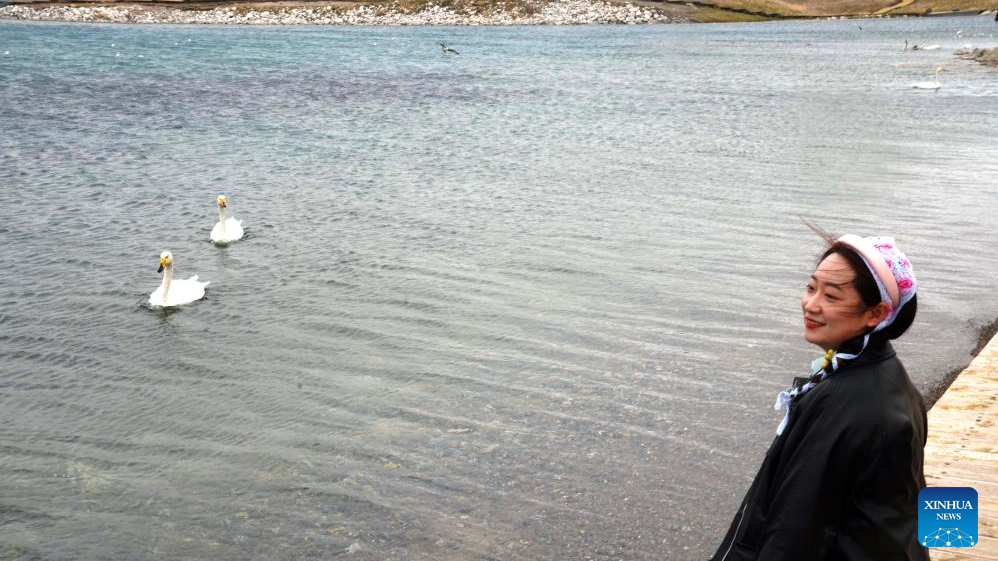

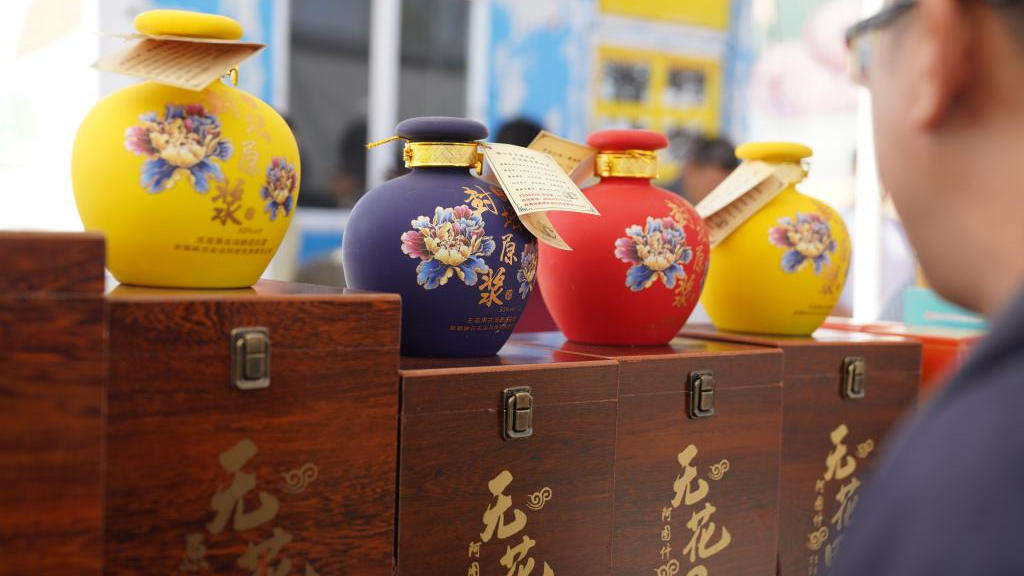
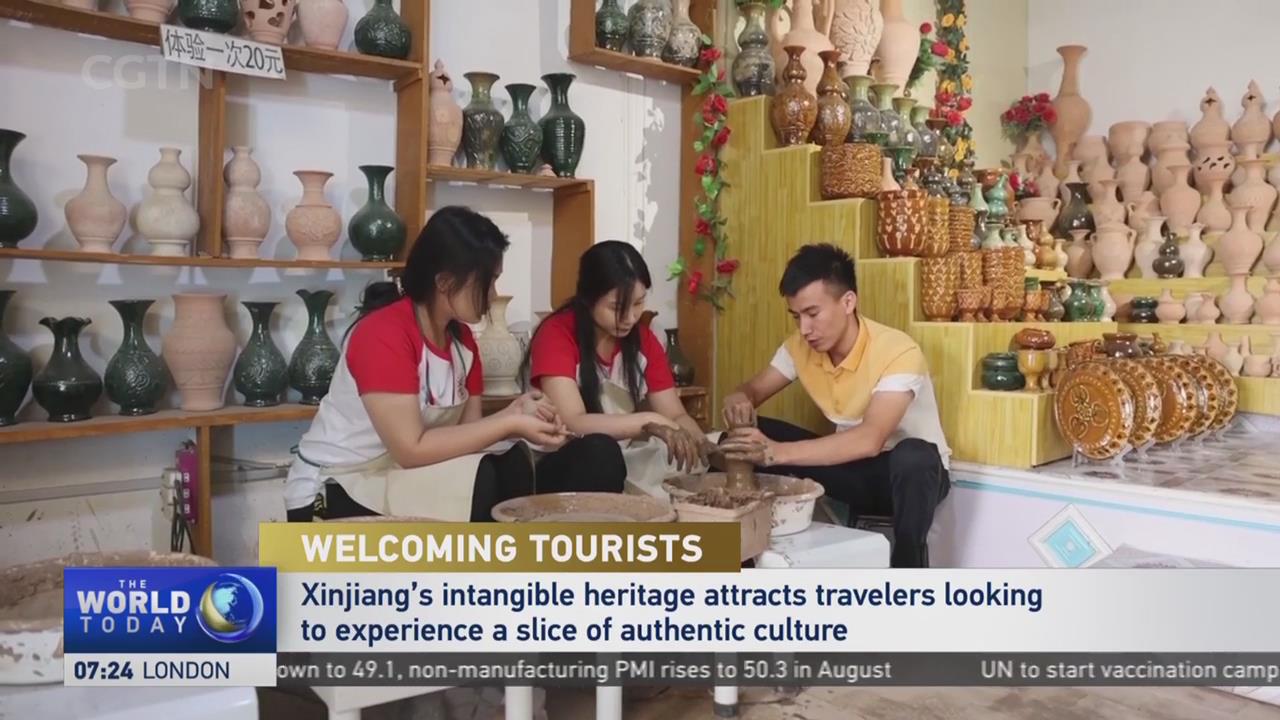
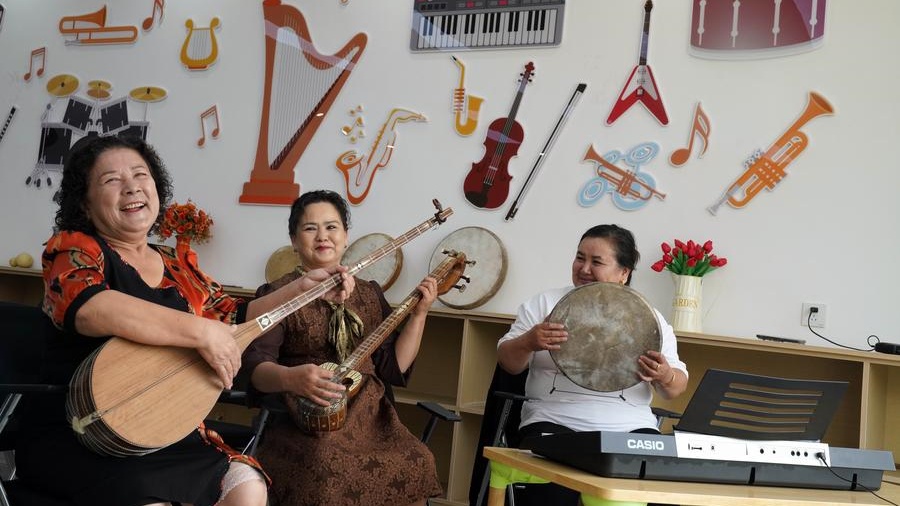


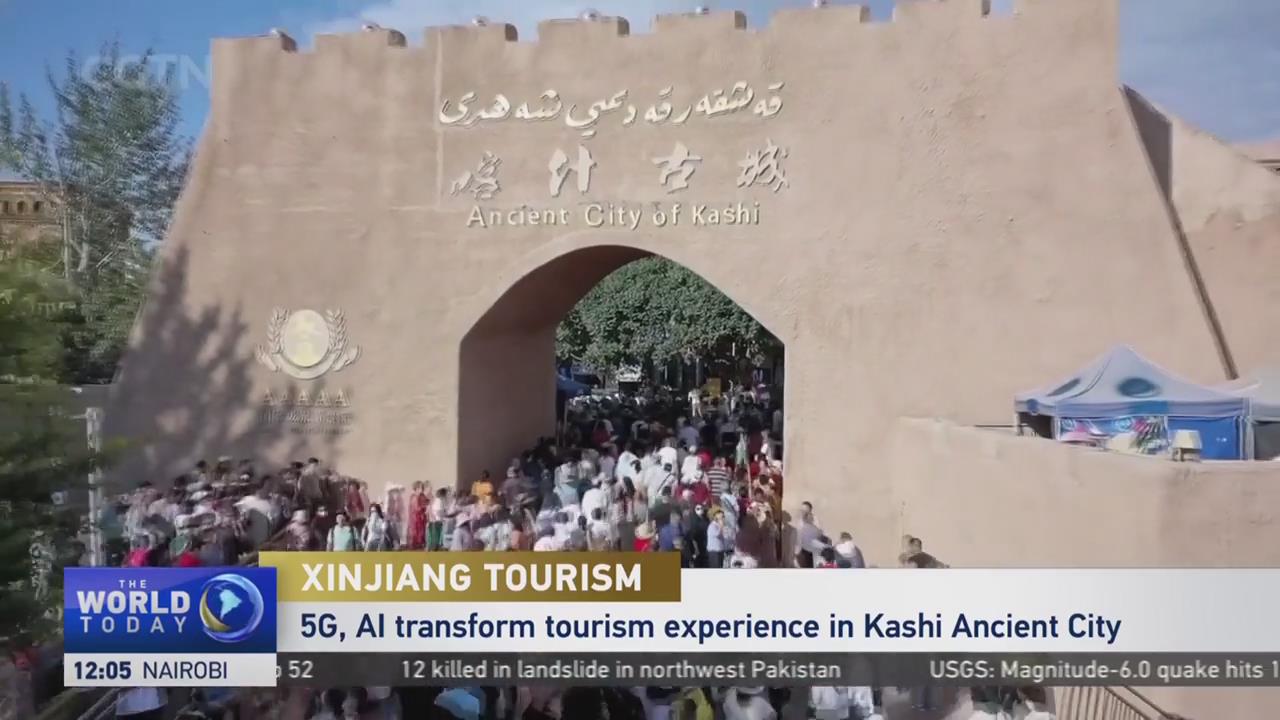


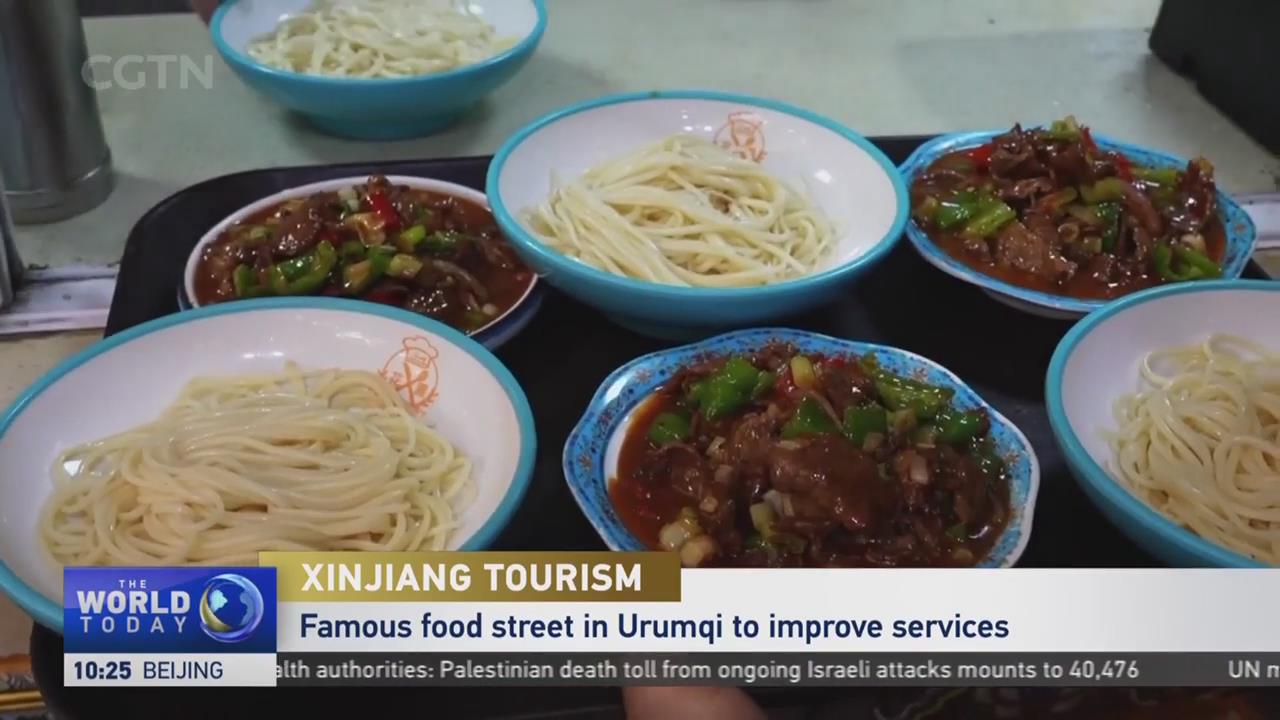






.jpg)



